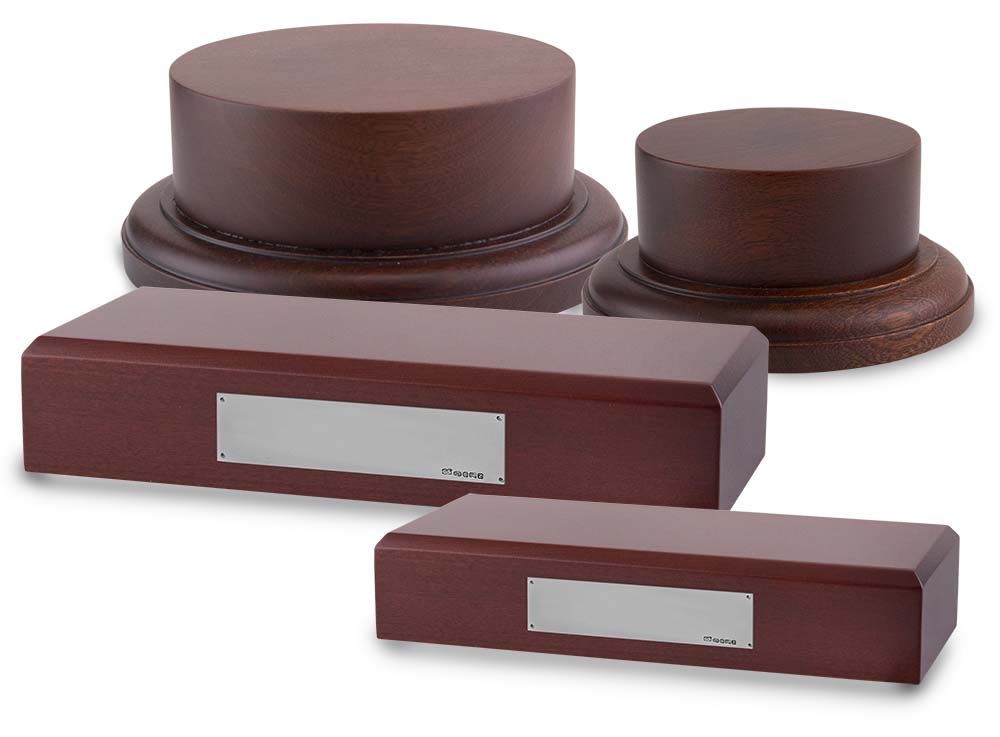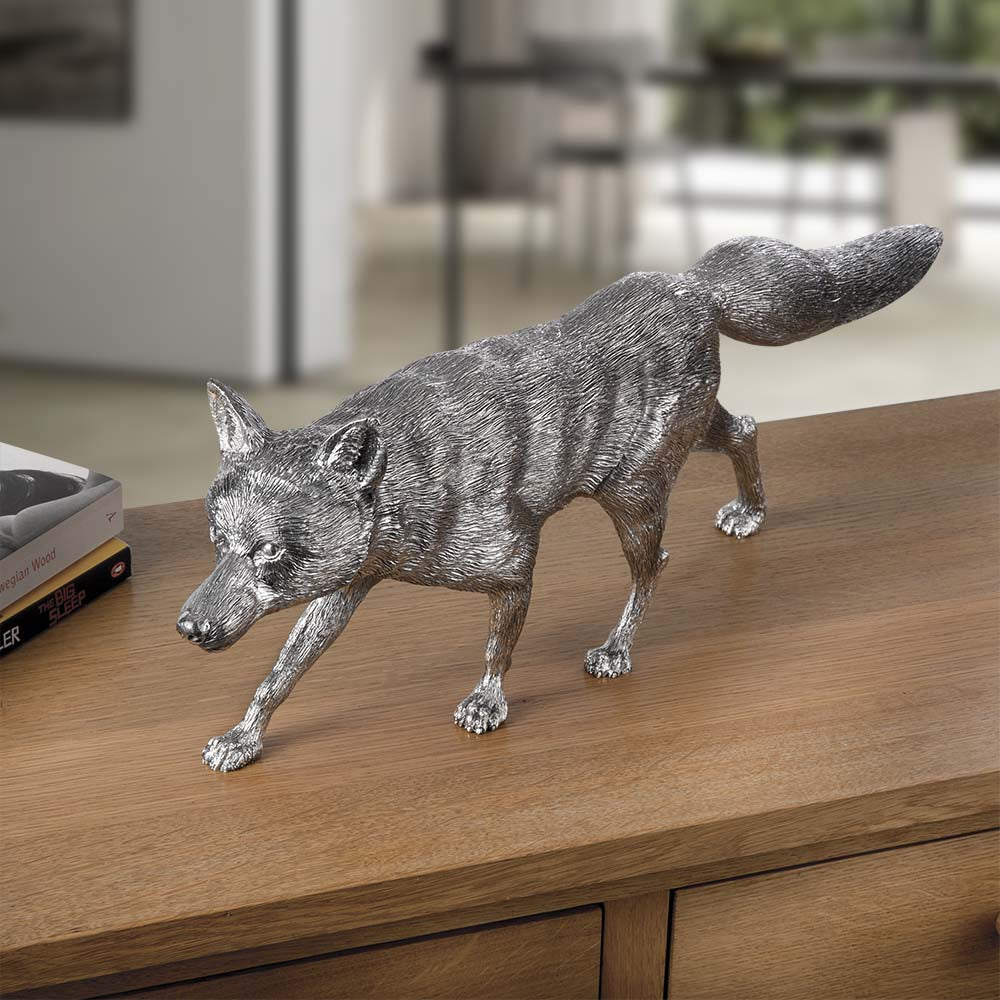King Charles Spaniel Ornament

King Charles Spaniel
It seems you can learn something new every day. The lesson we have learnt today at the Silver Basket is that a King Charles Spaniel is certainly not a Cavalier King Charles Spaniel. The two dogs are entirely different.
King Charles Spaniels, often known as the toy spaniel have a much more distinctive domed head with wide nostrils, and their bite is slightly undershot.

Their eyes are large, dark and wide-set. The pads on their feet are fused, well-padded and feathered with a cat’s paw shape.
The King Charles Spaniel is slightly smaller than the Cavalier being between 8 and 14lbs as opposed to 12-18lbs. Like the Cavalier, they can be ruby, tricolour or black and tan, their coats are long, silky and straight and their tales are short.
The Cavalier Spaniel, by comparison, has a much flatter head between the ears. The jaw, unlike the King Charles, is strong with a good scissor bite. Their paws are well-feathered and compact. It too, has a long, silky coat.

Both dogs are friendly and good tempered although the King Charles Spaniel is a little more reserved. A Cavalier can easily become a nervous dog however.
King Charles Spaniels originated from 1600s and were very fashionable with ladies of the Court in Tudor times as companions and lap and foot warmers!
Up until 1928, when the title of Cavalier King Charles Spaniel was drawn up, there was little definition between the two breeds, but it would seem that, over time, King Charles Spaniels were being bred to adopt the shorter nose and domed skull.
In the 1920’s breeders began on a mission to return to the longer nosed, flat headed King Charles that were portrayed in the pictures of Charles II of England. The result was the arrival of the Cavalier King Charles Spaniel. Apparently after World War 2 only six Cavaliers survived and all dogs to this day can be traced back to these original six!

Also in Articles

Silver Animals as Presentation Awards on Engraved Plinths

The Most Prestigious Hallmarked Silver Fox Figurine Awards and Ornaments

